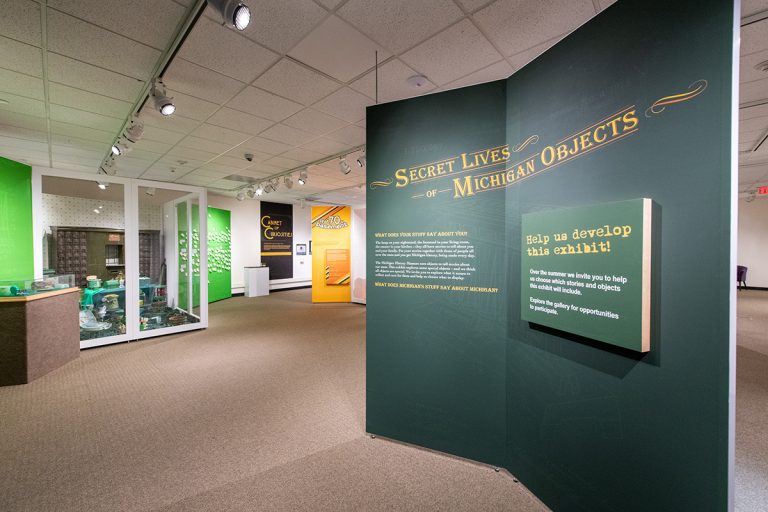VIDEO POST: Our Cabinet of Curiosities
Our special exhibit The Secret Lives of Michigan Objects is broken up into several different sections. Each section addresses a different way that museums display, interpret, collect or care for objects. One of our staff’s favorite sections is called the “Cabinet of Curiosities.” Why is… Read More


